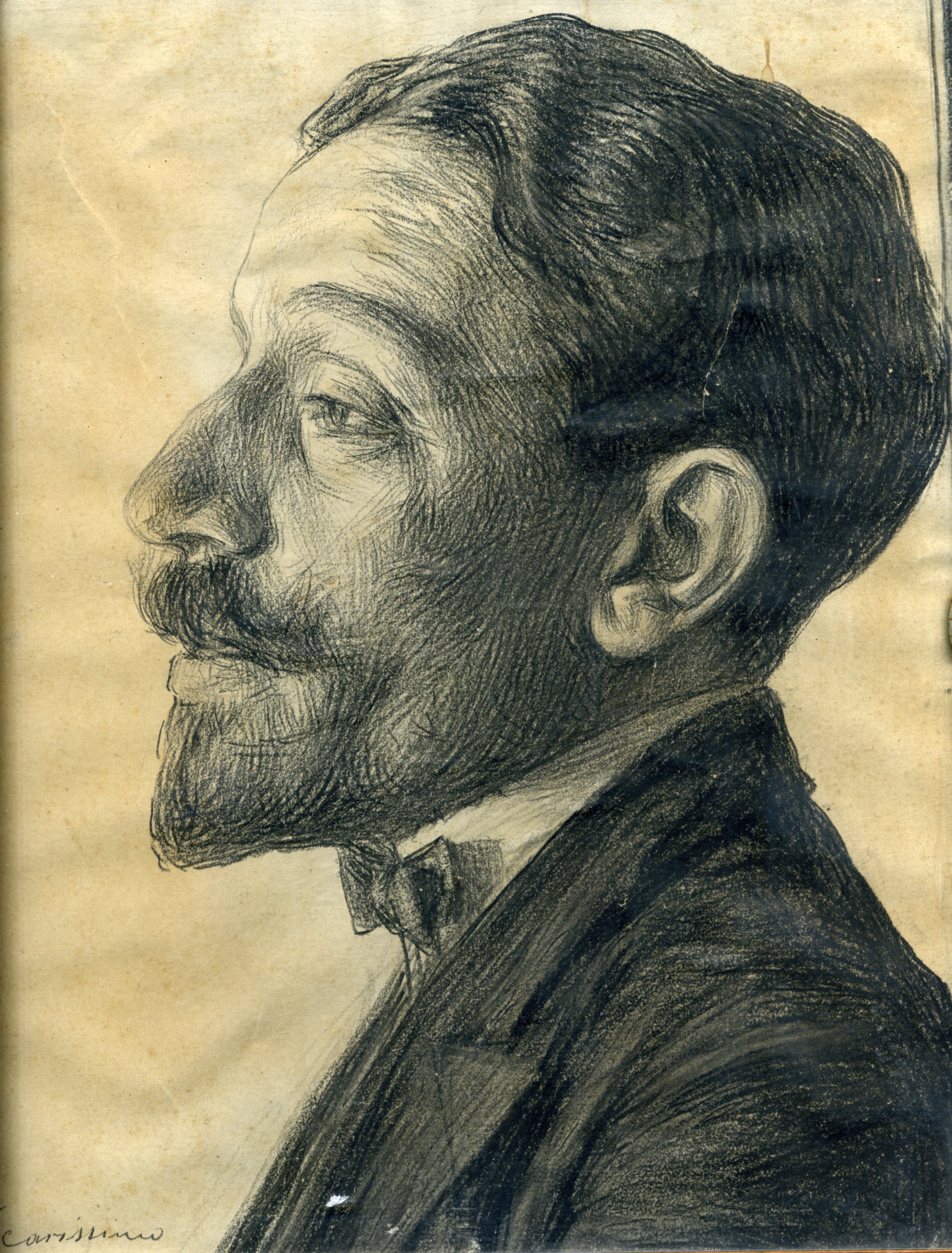Guelfo Civinini
 Guelfo Civinini (1 August 1873, Livorno – 10 April 1954, Rome) was an Italian poet, playwright, novelist, journalist, critic, opera librettist, academic, military combatant, Western explorer, documentary filmmaker, and archaeologist. Best known internationally as the author of the libretto for Giacomo Puccini's opera ''La fanciulla del West'' (1910), Civinini began his career as a writer in the 1890s working as both a journalist and critic of literature and art for a variety of Italian newspapers and magazines. His first book of poetic verses, ''L'urna'', was published in 1901 and was the recipient of a national literary prize. After this, he continued to work as a journalist and critic and publish and write poetry, but expanded his interests into writing numerous plays for theatres in Rome and Milan. In 1912 his novel, ''Gente di palude'', was published. He was awarded several literary prizes, including the Mussolini Prize for literature in 1933; the Viareggio Prize in 1937; and the Marzotto Prize in 1953.
Guelfo Civinini (1 August 1873, Livorno – 10 April 1954, Rome) was an Italian poet, playwright, novelist, journalist, critic, opera librettist, academic, military combatant, Western explorer, documentary filmmaker, and archaeologist. Best known internationally as the author of the libretto for Giacomo Puccini's opera ''La fanciulla del West'' (1910), Civinini began his career as a writer in the 1890s working as both a journalist and critic of literature and art for a variety of Italian newspapers and magazines. His first book of poetic verses, ''L'urna'', was published in 1901 and was the recipient of a national literary prize. After this, he continued to work as a journalist and critic and publish and write poetry, but expanded his interests into writing numerous plays for theatres in Rome and Milan. In 1912 his novel, ''Gente di palude'', was published. He was awarded several literary prizes, including the Mussolini Prize for literature in 1933; the Viareggio Prize in 1937; and the Marzotto Prize in 1953.Civinini served as a "journalist-fighter", a term he coined, during World War I; simultaneously working as a war correspondent for the ''Corriere della Sera'' and as a military combatant. He wrote about his experience as a 'journalist-fighter' in the non-fiction autobiographical book ''Viaggio intornoalla guerra: dall'Egeo al Baltico'' (1919, Milan). An ardent nationalist and politically outspoken, he was a supporter of first Gabriele D'Annunzio and the Italian Regency of Carnaro just after World War I; and later became a supporter of Benito Mussolini as a member of the National Fascist Party. However, his relationship with the fascist party in Italy soured during World War II. Unhappy with the discriminatory Italian racial laws passed by the Italian Social Republic and opposed to the nation's alliance with Nazi Germany in the Pact of Steel, Civinini distanced himself from the fascist party and, as a result, his works were banned from being sold by the government of the Italian Social Republic.
In addition to his work as a writer, Civinini embarked on several exploratory expeditions on the continent of Africa in the 1920s and 1930s; the most notable of which was a 1926 expedition whose purpose was to locate the body of Italian explorer Vittorio Bottego. His experiences in Africa resulted in the publication of several auto-biographical non-fiction books and the creation of a documentary film in 1924. In 1934 he purchased the Tower of Santa Liberata in Monte Argentario where he performed his own excavations which resulted in the discovery of the Villa Enobarbi built at the time of the Roman Empire. This archeologic work led to his election to the membership of the Royal Academy of Italy, the highest society for academics in that nation, in 1939. Provided by Wikipedia
1
Published 2005
Other Authors: ';
“...Civinini, Guelfo...”